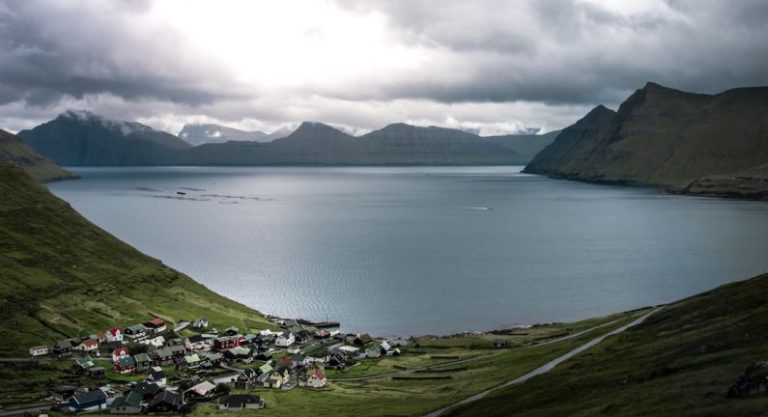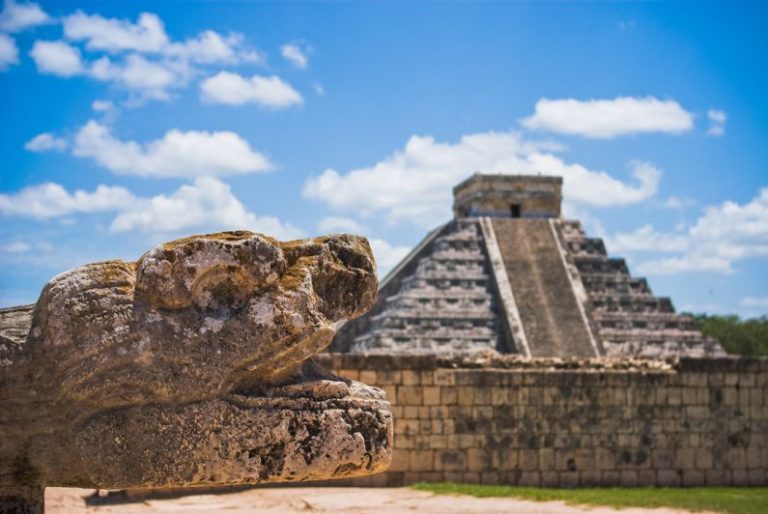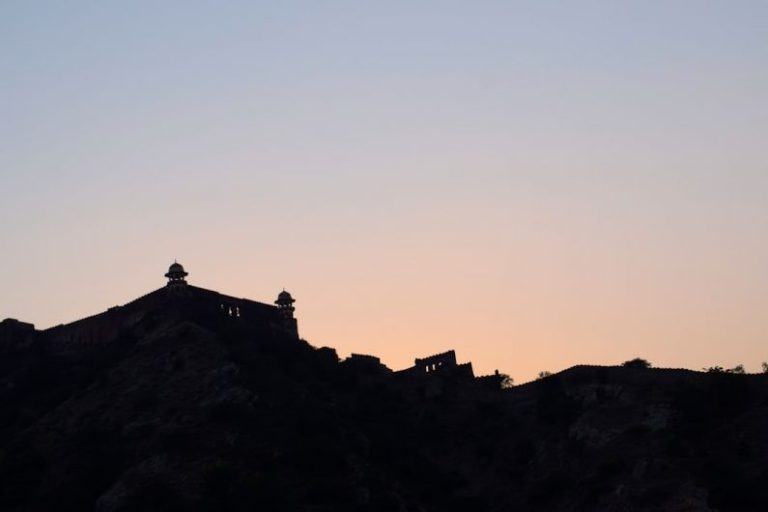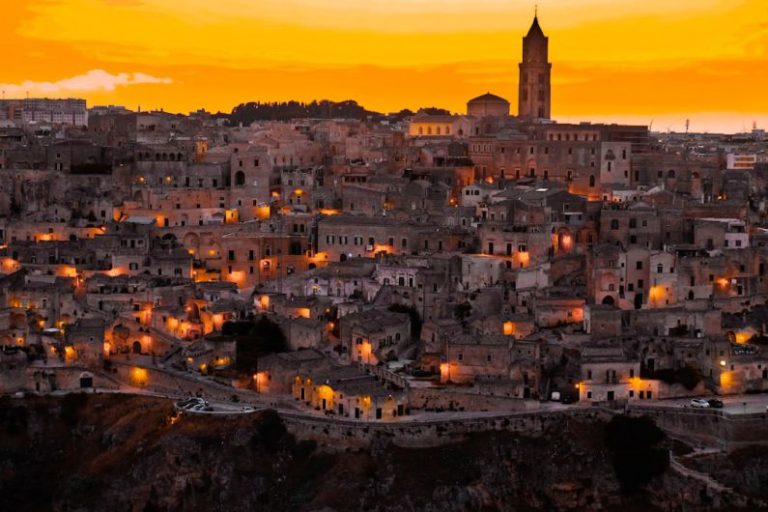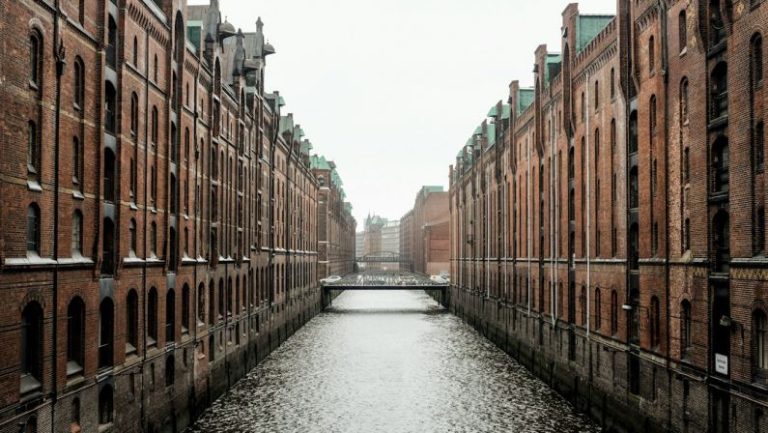The Hidden Art Scenes of Eastern Europe
Eastern Europe is a region rich in history, culture, and art. While cities like Paris, Rome, and New York may dominate the global art scene, the hidden gems of Eastern Europe offer a unique and vibrant artistic experience that is not to be missed. From underground galleries to street art festivals, this article will explore the diverse and thriving art scenes of Eastern Europe.
Exploring Underground Galleries
Eastern Europe is home to a plethora of underground galleries that showcase the works of emerging and established artists alike. These galleries, often tucked away in old buildings or basements, offer a raw and intimate setting for art enthusiasts to discover new talents and perspectives. One such example is the KUMU Art Museum in Tallinn, Estonia, known for its contemporary art exhibitions and avant-garde installations. Visitors can immerse themselves in the cutting-edge art scene of Eastern Europe while exploring these hidden gems.
Street Art Festivals: A Burst of Creativity
Street art has become a prominent feature of many Eastern European cities, with vibrant murals and graffiti adorning public spaces. Street art festivals, such as the Mural Festival in Warsaw, Poland, bring together local and international artists to transform urban landscapes into colorful works of art. These festivals not only provide a platform for artists to showcase their talents but also engage the community in conversations about art and culture. Walking through the streets of Eastern European cities during these festivals is like stepping into an open-air gallery, where creativity knows no bounds.
Reviving Tradition: Folk Art and Craftsmanship
In Eastern Europe, tradition and heritage play a significant role in shaping the contemporary art scene. Folk art and craftsmanship have experienced a revival in recent years, with artists drawing inspiration from traditional techniques and motifs. The Museum of Folk Art in Budapest, Hungary, celebrates the rich heritage of Hungarian folk art through exhibitions and workshops that showcase the intricate skills of local artisans. By blending tradition with modernity, artists in Eastern Europe are creating a unique artistic language that pays homage to the region’s cultural roots.
The Rise of Art Collectives
Art collectives have emerged as a driving force behind the contemporary art scene in Eastern Europe, providing a platform for collaboration and experimentation. These collectives bring together artists from diverse backgrounds and disciplines to create innovative and thought-provoking works of art. The PRAFOTA Art Group in Belgrade, Serbia, is known for its multimedia installations that challenge conventional notions of art and society. By fostering a sense of community and mutual support, art collectives in Eastern Europe are pushing the boundaries of creativity and expression.
Cultural Hubs: Where Art Meets Innovation
Eastern Europe is home to a network of cultural hubs that serve as incubators for artistic innovation and collaboration. These hubs, such as the Trafó House of Contemporary Arts in Budapest, Hungary, provide a platform for artists to experiment with new ideas and forms of expression. From multimedia performances to interactive exhibitions, these cultural hubs offer a dynamic and engaging experience for both artists and audiences. By bridging the gap between art and technology, Eastern European cultural hubs are shaping the future of the art scene in the region.
Embracing Diversity: Art Beyond Borders
One of the defining features of the art scenes in Eastern Europe is the celebration of diversity and inclusivity. Artists from different backgrounds and cultures come together to create a melting pot of artistic styles and perspectives. The Art Factory Lofts in Sofia, Bulgaria, for example, host residencies for international artists, fostering cross-cultural exchange and dialogue. By embracing diversity, the art scenes of Eastern Europe are breaking down barriers and forging connections that transcend geographical boundaries.
Innovative Spaces: Redefining the Art Gallery
Traditional art galleries are being reimagined in Eastern Europe, with a growing number of unconventional spaces showcasing contemporary art. From abandoned warehouses to repurposed industrial buildings, these innovative spaces offer a fresh and dynamic approach to experiencing art. The Art Play Center in Moscow, Russia, is a prime example of a former factory transformed into a vibrant cultural hub that hosts art exhibitions, performances, and workshops. By repurposing these spaces, Eastern European artists are challenging traditional notions of the art gallery and creating immersive experiences for audiences.
Celebrating Art: Festivals and Events
Eastern Europe is teeming with art festivals and events that celebrate creativity in all its forms. From music festivals that showcase local talent to film festivals that highlight emerging filmmakers, there is no shortage of cultural experiences to be had in the region. The GogolFest in Kyiv, Ukraine, for instance, is a multidisciplinary arts festival that brings together artists, musicians, and performers for a week-long celebration of creativity. These festivals not only provide a platform for artists to showcase their work but also bring communities together in a shared appreciation of art and culture.
A Vibrant Future: The Evolution of Eastern European Art
As the art scenes of Eastern Europe continue to evolve and expand, one thing is clear: the region is a hotbed of creativity and innovation. From underground galleries to street art festivals, from art collectives to cultural hubs, Eastern Europe offers a rich tapestry of artistic experiences that are as diverse as they are dynamic. By embracing tradition, celebrating diversity, and redefining the boundaries of art, Eastern European artists are shaping a vibrant future for the region’s art scene. Whether you’re a seasoned art enthusiast or a curious traveler, exploring the hidden art scenes of Eastern Europe is sure to be a rewarding and enriching experience.

